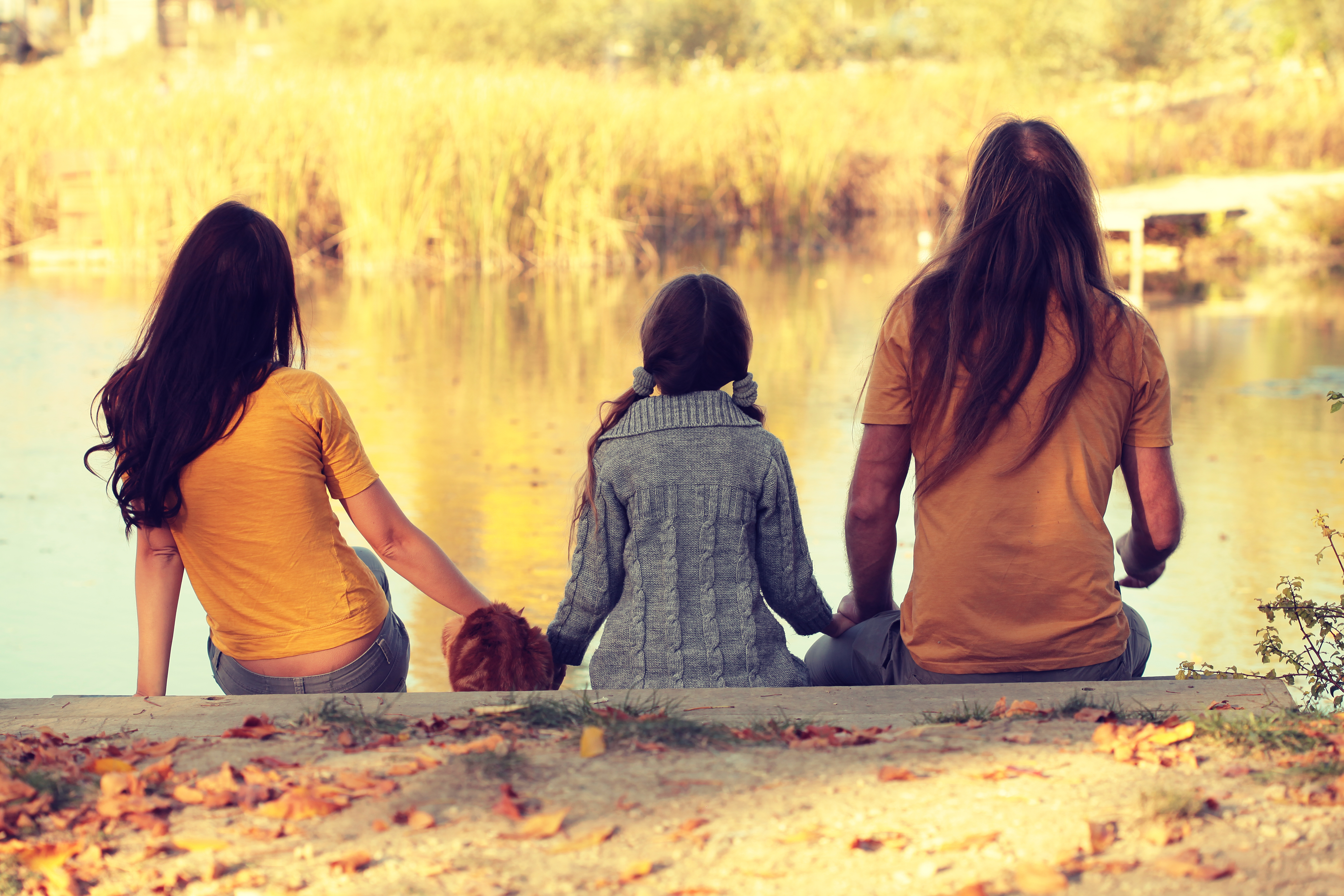27 Oct The Way Home for a Child After a Burn Injury
F ew situations are as traumatic for parents and families as a burn injury to a child. Helping the child transition from a hospital environment to a familiar home environment is both a delicate and challenging proposition. Chances are, all of you will run the gamut of emotions during this process: fear, insecurity about leaving the hospital, and even anxiety about the reactions of loved ones to your child’s appearance. The long-awaited homecoming can be a trying adjustment period for everyone.
ew situations are as traumatic for parents and families as a burn injury to a child. Helping the child transition from a hospital environment to a familiar home environment is both a delicate and challenging proposition. Chances are, all of you will run the gamut of emotions during this process: fear, insecurity about leaving the hospital, and even anxiety about the reactions of loved ones to your child’s appearance. The long-awaited homecoming can be a trying adjustment period for everyone.
The coming home process all starts before you even leave the hospital.
- First, make sure the home recovery room is clear and free of any potential obstacles, such as throw rugs that can slip. Cover all aspects of home care with the burn team and practice them thoroughly before you leave the hospital.
- Learn exactly how best to care for your child’s healing skin; practice the correct washing protocol and massage technique to soothe and alleviate itchiness. Newly healed skin can be hyper-sensitive to heat and cold, and you may need to learn how to best regulate both body and room temperature.
- If your child needs pressure garments, learn how to dress, change, and launder them.
- Nutrition is a key factor in recovery, and children need energy in the form of high-calorie and high protein to give them the extra calories needed for recovery. Talk to your burn team about specific foods your child should have.
 It is essential that you establish a daily routine, and build independence in your child, while simultaneously assuring your child of your love and commitment. Maintain the same rules and expectations after the injury as you did before the injury. Try not to allow normal feelings of sadness or guilt to affect your parenting style; make exceptions, or bend the rules of the household.
It is essential that you establish a daily routine, and build independence in your child, while simultaneously assuring your child of your love and commitment. Maintain the same rules and expectations after the injury as you did before the injury. Try not to allow normal feelings of sadness or guilt to affect your parenting style; make exceptions, or bend the rules of the household.
Do not encourage your child to feel like a victim. Instead, constantly express your love, and reaffirm the inherent strength you know he or she has to get through the healing process and back to normal. It is vital to incorporate your child’s treatment into your regular family routine, without focusing family life on the treatment.
Children have less experience and ability to cope with stress, so be alert to any signs indicating an adjustment problem. Withdrawal, depression, aggression, frustration, nightmares, or changes in any bodily functions, are just some of the symptoms to monitor. You many need to enlist help from a medical professional should any changes in behavior occur.
As your child’s most ardent advocate, you’re fighting on many fronts. Try to take as good care of yourself as you are giving your child by getting as much sleep, nutrition, and exercise as possible. Making time for yourself and your needs will enable you to better support your child, and your child will play off your cues.
The most successful prescription for your child’s complete recovery at home is to manage pain, promote physical healing, address all emotional needs, and bolster your child’s self-confidence and strength. It takes equal measures of careful planning, time, and patience. If all conditions are ultimately met, your entire family will not only be burn survivors, but also victors who by virtue of this shared, life-changing experience, are able to successfully manage the inevitable challenges that life brings.
For more information about burn injuries, please visit our website www.burnsurvivor.com

